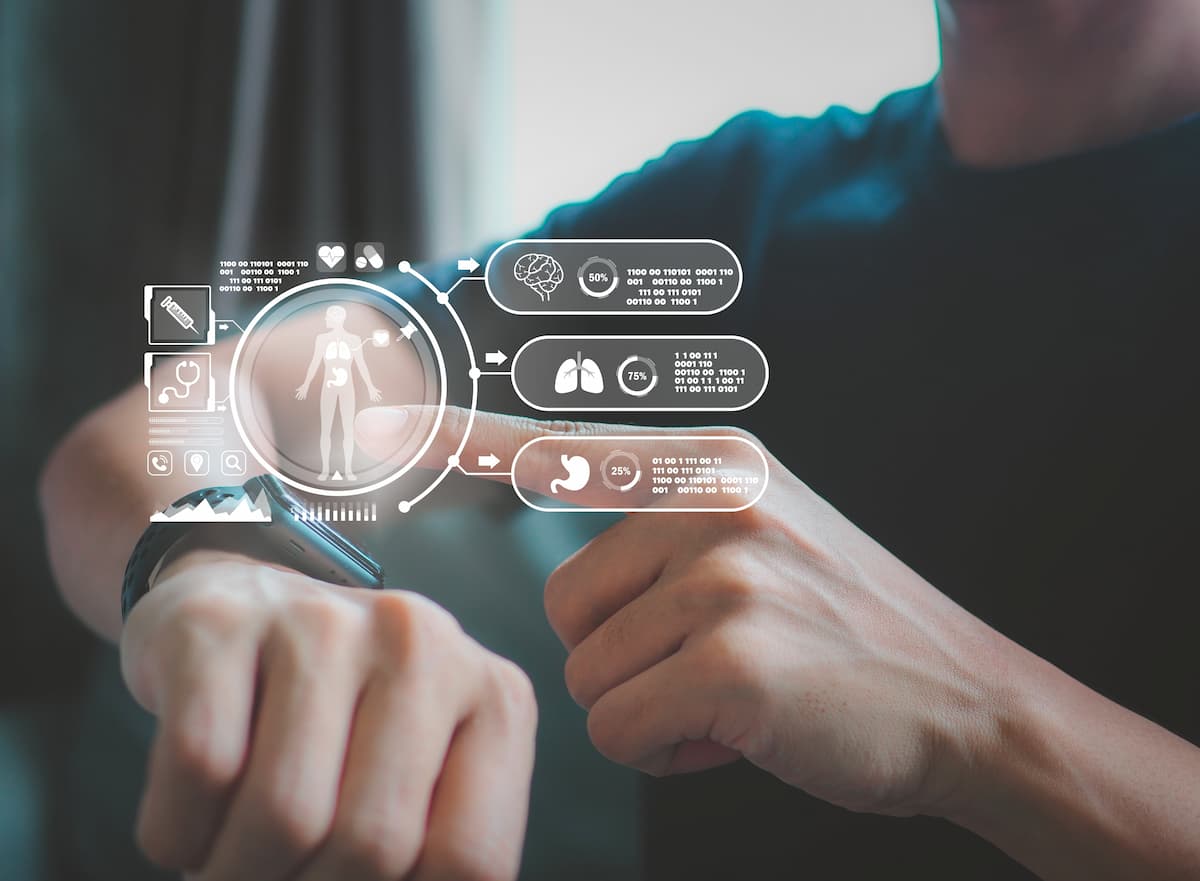In recent years, the world of sports has witnessed an incredible transformation with the integration of wearable technology. These innovative devices, ranging from smartwatches to sensors embedded in sports equipment, provide real-time data on athletes’ performance, health, and recovery. We explore the latest developments in wearable technology and how this data is utilised to enhance training, optimise performance, and reduce injuries.

Monitoring Athlete Performance in Real-time:
Wearable technology has revolutionised the way athletes and coaches monitor performance. Smartwatches equipped with advanced tracking features can monitor heart rate, distance covered, speed, and even sleep patterns. These devices also measure biometric data such as oxygen consumption, lactate levels, and muscle fatigue. By collecting and analysing real-time data, athletes can have a comprehensive understanding of their performance during training sessions or competitive events.
Optimising Training and Performance:
The availability of detailed performance data allows athletes and trainers to make data-driven decisions to improve their training regimens and maximise performance. By analysing data on a daily basis, athletes can identify areas that need improvement and adjust their training programs accordingly. For example, a runner can analyse their pace and heart rate patterns to determine the optimal speed and endurance levels during a race. Coaches can use this data to personalise training programs and tailor them to individual athletes’ needs, optimising training efficiency.
Injury Prevention and Recovery:
Wearable technology plays a crucial role in injury prevention and recovery. By monitoring an athlete’s biometrics and movement patterns, wearable devices can provide early warnings for fatigue, overexertion, and risk of injury. These devices allow athletes to track their workload and assess when they are at risk of pushing themselves too hard. Coaches and trainers can also monitor recovery progress after injuries by tracking metrics such as heart rate variability and sleep quality. This data-driven approach helps athletes and trainers make informed decisions about rest periods, rehabilitation exercises, and gradual return to training.
Innovations in Sports Equipment:
Wearables are not limited to wrist-based devices; they are increasingly integrated into sports equipment itself. For example, sensors embedded in basketballs or soccer balls can track a player’s shooting accuracy, ball control, and passing efficiency. Similarly, smart clothing with built-in sensors can monitor an athlete’s posture, muscle activation, and injury risks. These advancements in sports equipment provide a new level of data collection and analysis, enhancing performance monitoring and enabling athletes to make real-time adjustments during gameplay.

The advent of wearable technology has ushered in a new era of athlete performance monitoring. From a smartwatch sports app that tracks biometrics to sensors embedded in sports equipment, athletes now have access to real-time data that can transform their training, optimise performance, and prevent injuries. By analysing this data, athletes and trainers gain a deeper understanding of their bodies and can take informed actions to enhance their performance. As technology continues to advance, we can expect even more groundbreaking innovations in wearable technology, further revolutionising the world of sports.
References:
- MobileAppDaily: Trends in Sports Technology
- StartUs Insights: Innovator’s Guide on Sports Tech Trends
